Henrietta Swan Leavitt
Science: Astronomy
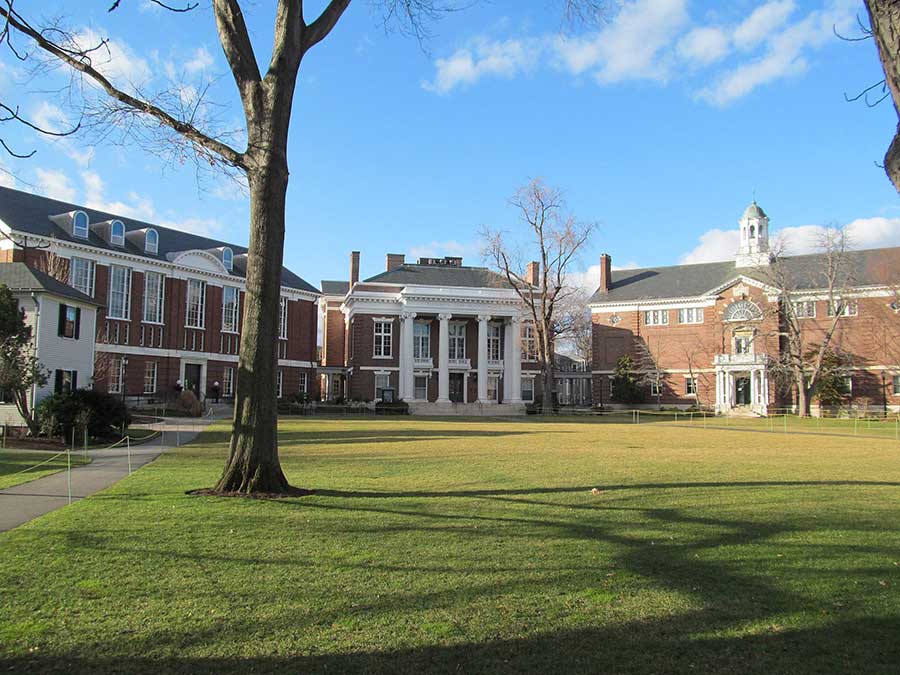
Henrietta Swan Leavitt was born on July 4, 1868. She was born in Lancaster Massachusetts. She went to two colleges. The first was called Oberlin. Then she changed schools. The second school was called Radcliffe College. Right before she graduated (MP4) from Radcliffe she took a class in astronomy (MP4). She liked it.
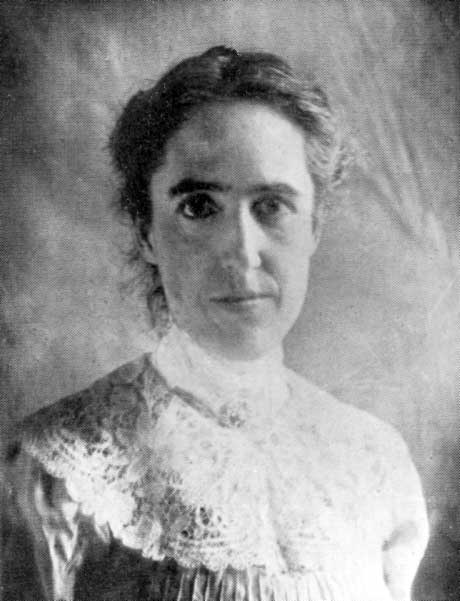
Right after she graduated Ms. Leavitt got really sick. She was sick for a long time. While she was sick she became deaf.
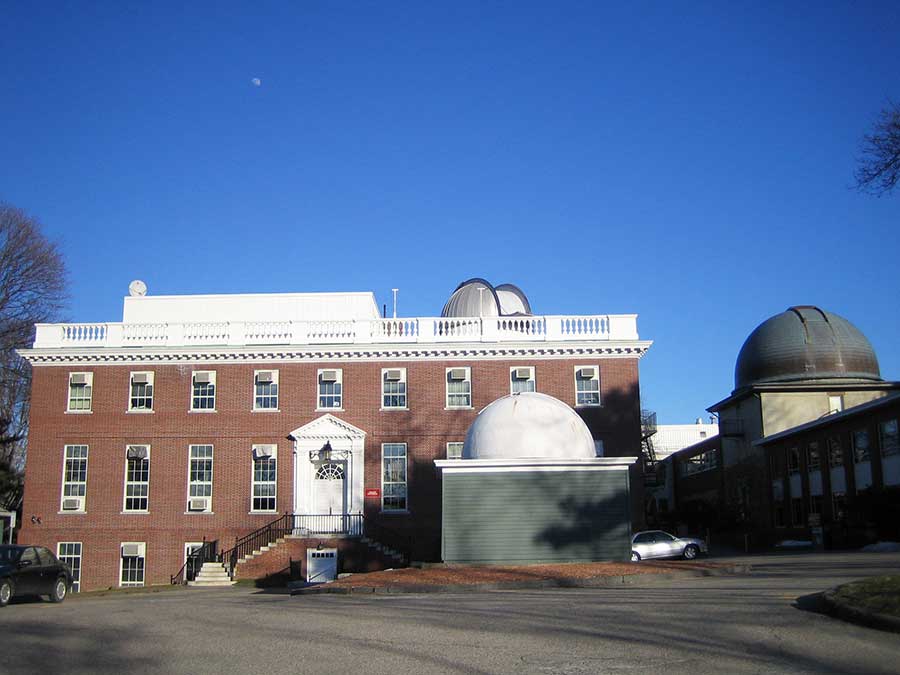
When she got better she decided to learn more about astronomy. She volunteered at the Harvard College Observatory. Years later the director decided Ms. Leavitt should work there all the time. She was in charge of the photograph (MP4) department. She used pictures to study stars. She was very good at her job.
He boss knew she could be trusted so he chose her to help him with a big project (MP4). He wanted her to measure (MP4) stars. While she was measuring she discovered (MP4) 2,400 stars. 1,777 stars were in the Magellanic Clouds in Peru. She saw four new stars for the first time. She also saw a few asteroids and other space objects for the first time. She wrote about her discoveries in the Annals and Circular of the Harvard College Observatory.
/prod01/twu-cdn-pxl/media/images/deaf-scientist-corner/asteroid.jpg) Asteroid
Asteroid
Credit: Public Domain
/prod01/twu-cdn-pxl/media/images/deaf-scientist-corner/magellanic-clouds.jpg) Magellanic Clouds
Magellanic Clouds
Credit: ESO/S. Brunier https://creativecommons.org/licenses/by/4.0
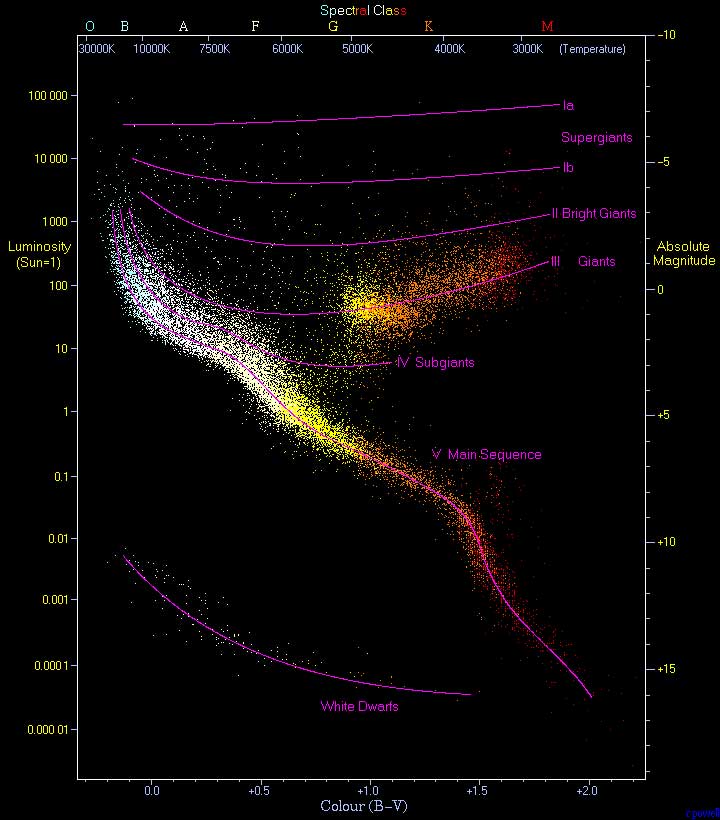
Her biggest accomplishment (MP4) was the discovery (MP4) of the period-luminosity law. Using this law she could figure out how far a star was from earth by how bright the star was.
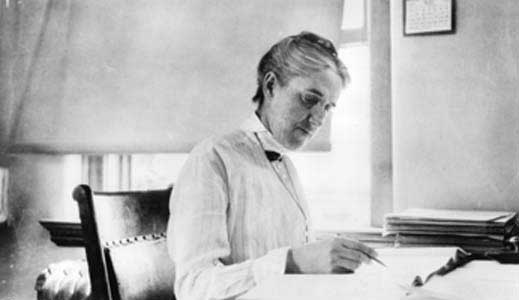
Ms. Leavitt did not receive much credit (MP4) for her work until after she died. A teacher from Sweden wanted to nominate (MP4) Ms. Leavitt for the Nobel Prize for her discovery of the period-luminosity law. He had not heard yet that she had died.
Ms. Leavitt died from cancer (MP3) on December 12, 1921.
Read More about Henrietta Swan Leavett
PBWorks Wiki - Henrietta Swan Leavett
References
- Lang, H. G., & Meath-Lang, B. (1995). Henrietta Swan Leavitt. In A Biographical Dictionary: Deaf Persons in the Arts and Sciences (pp.219-221). Westport, CT: Greenwood Press.
Page last updated 11:35 AM, April 20, 2023